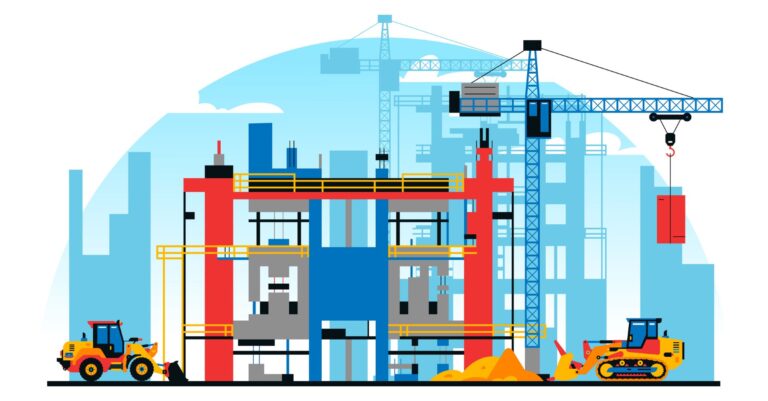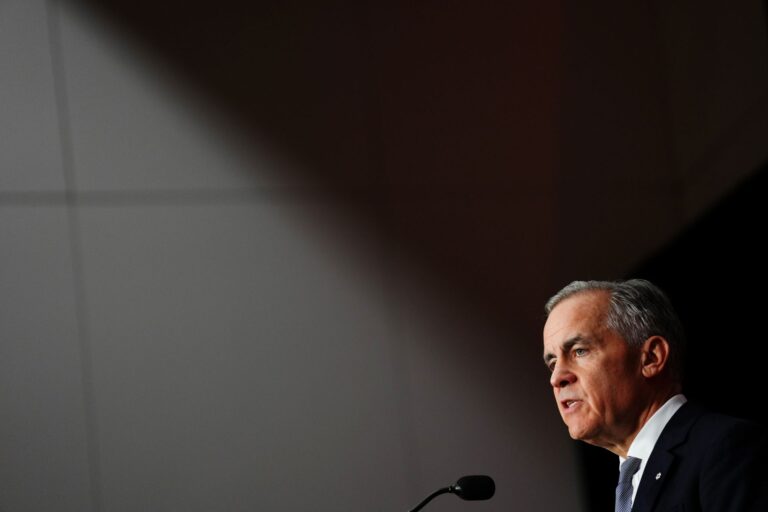In September, Prime Minister Mark Carney unveiled a list of nation-building projects to be fast-tracked, including investments in liquefied natural gas, mines and ports. His government’s emphasis on economic growth is welcome, given Canada’s dismal record on productivity and innovation, but its focus on natural-resource infrastructure reveals an industrial policy stuck in the last century.
If Canada is serious about nation-building, its next great project must instead be to build an AI nation. That means educating and empowering every Canadian, transforming businesses, building a culture that is open to change and embedding AI in our national identity.
Over the last half century, Canada has been at the bottom of G7 countries in labour productivity and GDP-per-capita growth. Over the last three years, we have fallen behind not just relative to other countries, but in absolute terms as well with real GDP per capita down three per cent. To chart a new trajectory, Canada must focus on the economy of the future: one powered by technology, data and ideas.
Artificial intelligence is at the heart of that future. AI is not an industry. It is a general-purpose technology, such as electricity or computers, which can transform nearly every sector. What matters is not whether Canada boasts a handful of AI champions, but whether every Canadian business, worker and entrepreneur can harness its power.
The launch of ChatGPT nearly three years ago was a watershed moment. By allowing anyone to use AI, it democratized access. Suddenly, farmers, lawyers, teachers and small-business owners could experiment with world-class AI. The question now is not whether AI has the potential to transform our economy, but whether Canadians are prepared to seize its opportunities.
Canada needs a national strategy for generative AI in higher education
Trust in government a key factor in acceptance of greater federal use of AI
On this, the uncomfortable answer today is no. Canada has treated AI as the exclusive domain of elite researchers and large firms. Government strategies have focused on funding computing power and academic centres while neglecting what is needed most: broad-based AI literacy.
This is where other nations are pulling ahead. The U.K. has committed to providing essential AI skills to 7.5 million workers. Singapore’s national AI strategy aims to create a “whole-of-nation movement” with broad AI literacy and skills as major pillars. Taiwan’s “AI literacy for all” program commits to educating hundreds of thousands of teachers and students over the next three years. These countries understand that the advantage will go to societies that build an AI culture where every citizen is empowered.
Canada must be equally bold. We must therefore treat AI literacy as a national mission. We need to build awareness, trust and excitement through public lectures, national curricula and media campaigns that demystify the technology. Every Canadian – from high-school students to nurses, truck drivers and CEOs – should have opportunities to learn how AI functions and how it can reshape their work.
Broad AI literacy would accelerate adoption inside firms, where many of today’s applications are bubbling up from frontline workers rather than being pushed down through the initiatives of executives. It would unlock entrepreneurship as regular Canadians identify opportunities to reinvent industries.
It would also ensure that gains are widely shared, avoiding a future where only a narrow elite benefits. The next Canadian unicorn might be founded by a nurse who redesigns health-care delivery with AI or by a farmer who reimagines agriculture with AI-powered tools.
The good news is that the tools are already in our hands.
World-class open-weight models, meaning AI models whose trained weights are publicly released, allowing others to download, adapt and deploy them, often for free, are being offered by Meta and DeepSeek, among others. Operating costs are also falling by a factor of five to 10 each year.
Canada does not need to dominate foundational model building. Its opportunity lies in developing services, solutions and applications. But to seize it, we must mobilize our most abundant natural resource: our people.
Canada has long defined itself through great national projects: the cross-country railway, medicare, free trade. Each reshaped our economy and our identity. Building an AI nation rooted in literacy, creativity and opportunity for all Canadians would do the same, but with a distinctly 21st-century ambition.
Carney is fond of hockey analogies. Perhaps we can convince him to take Canada not to where the puck is, but to where it’s going.











